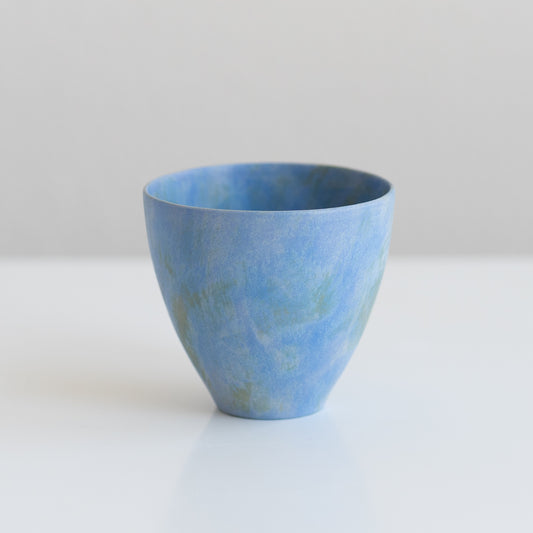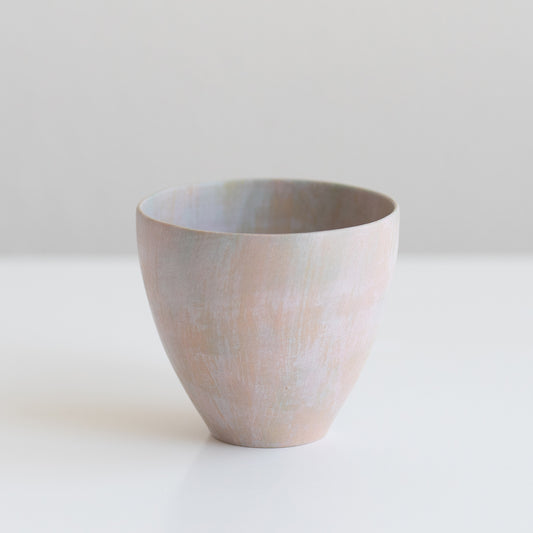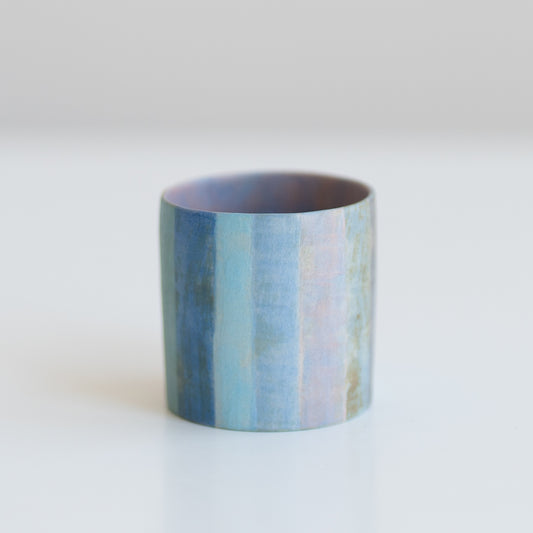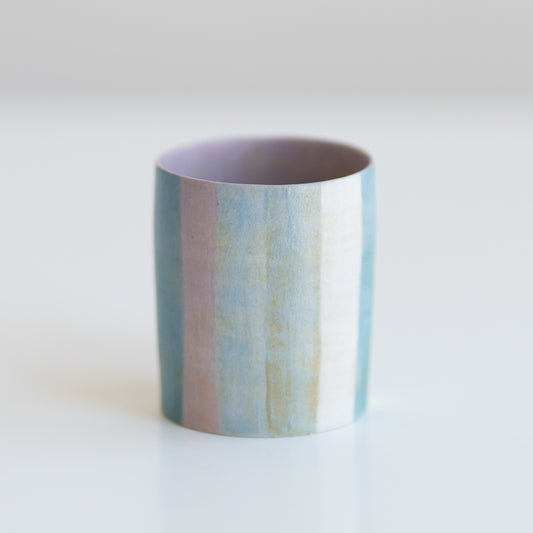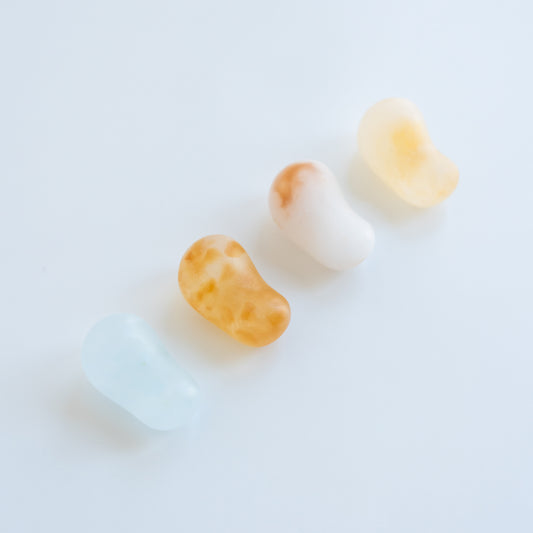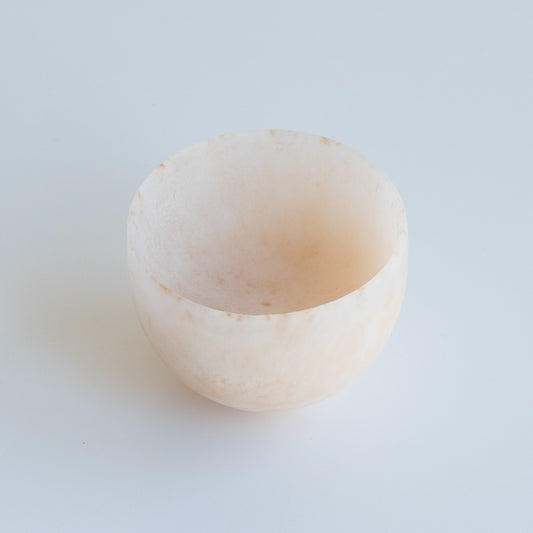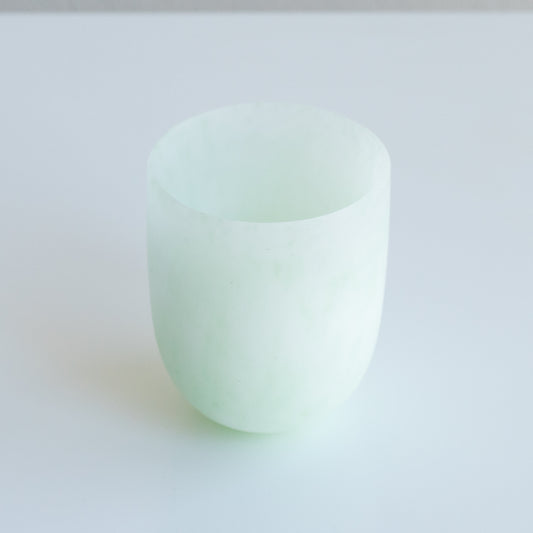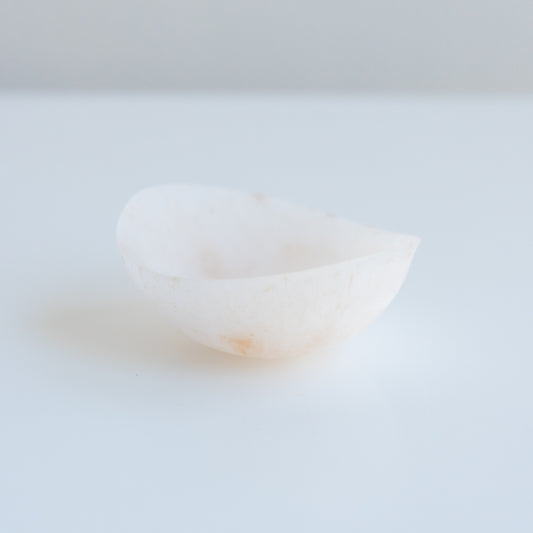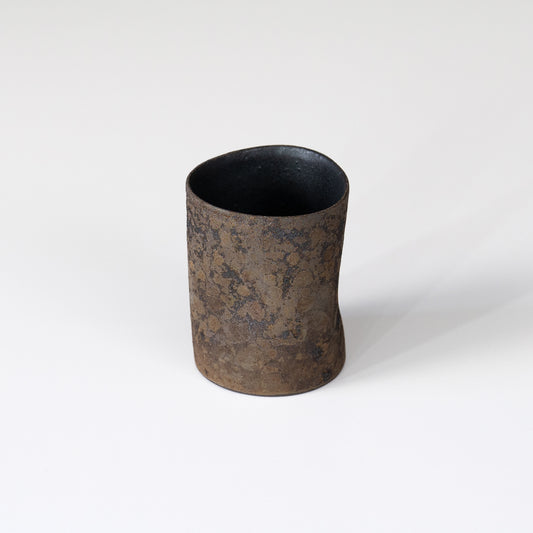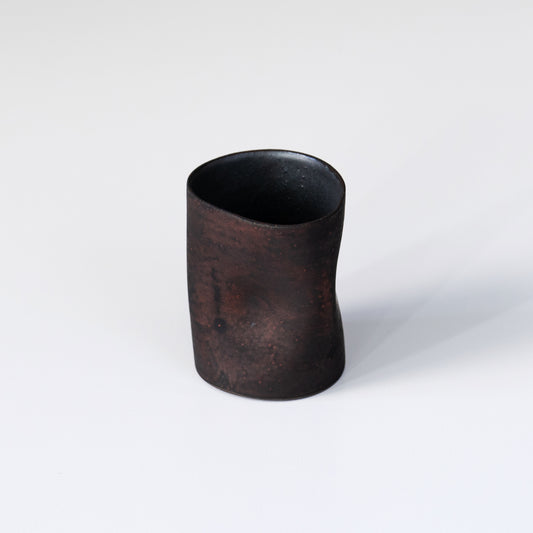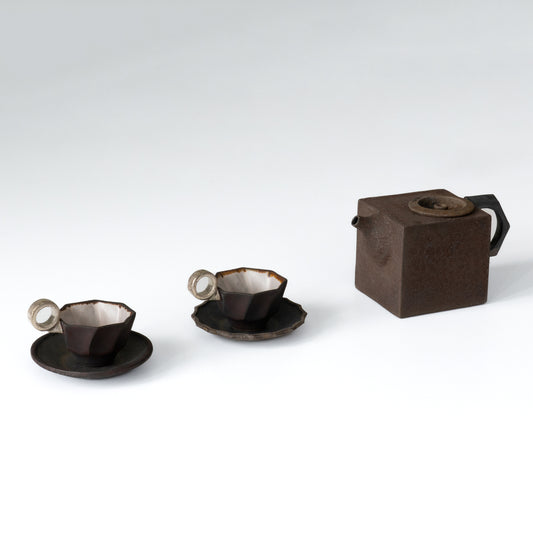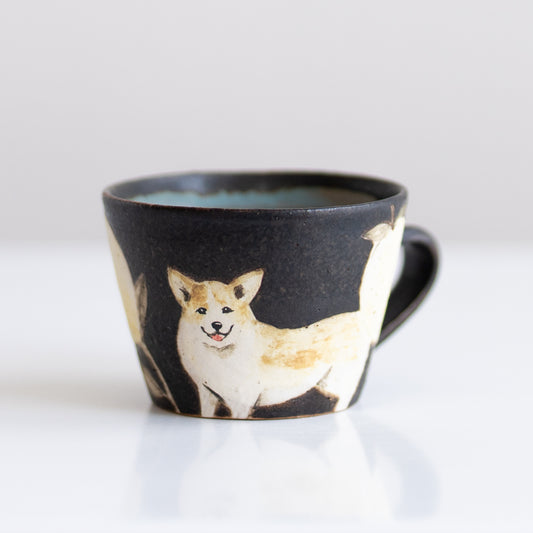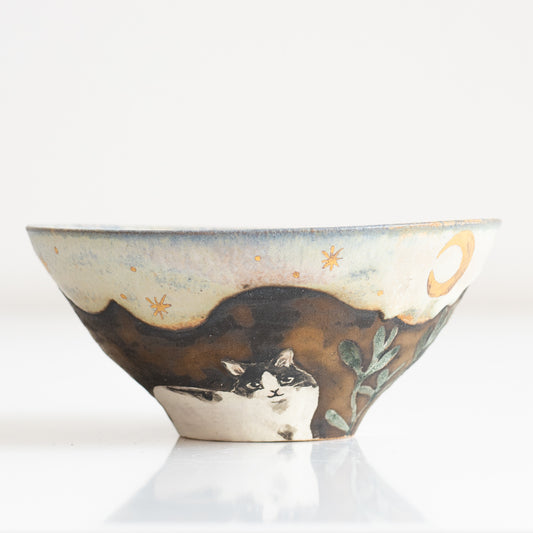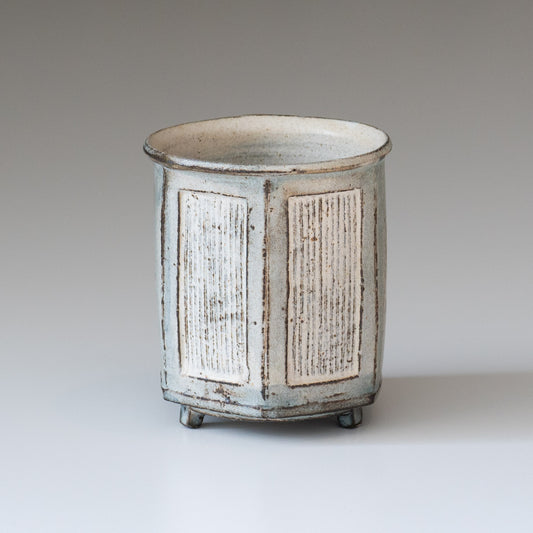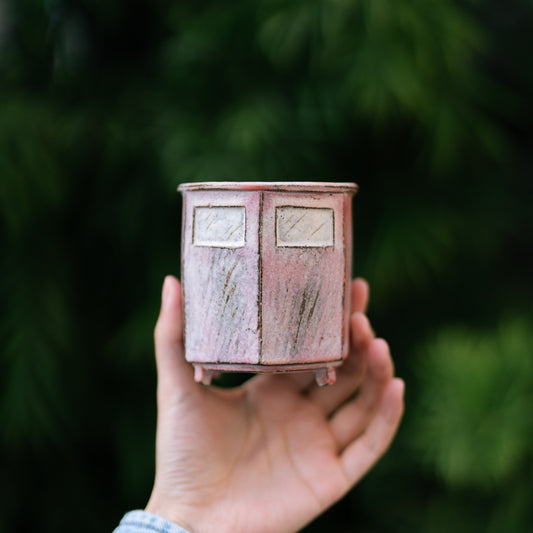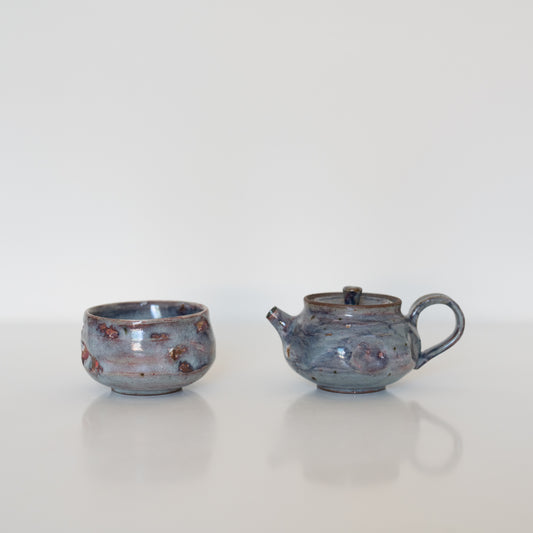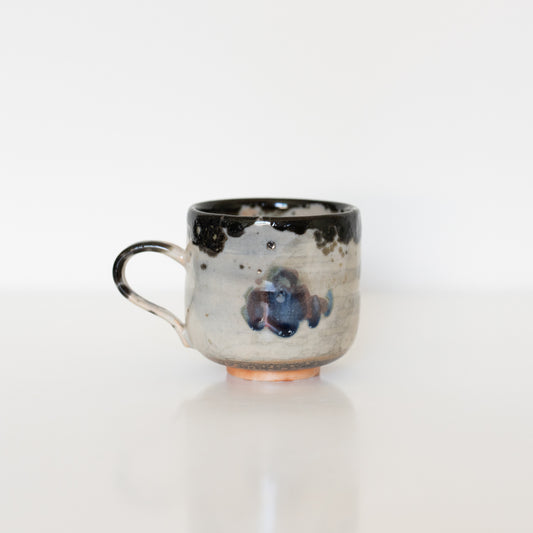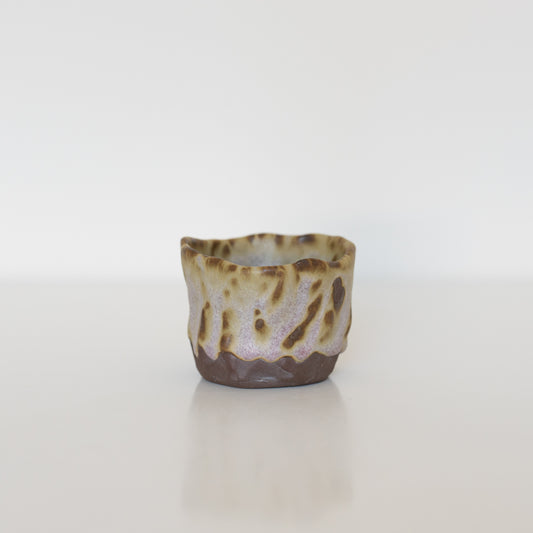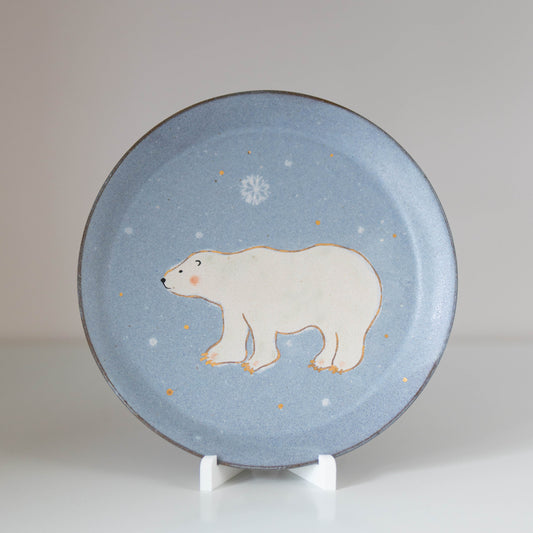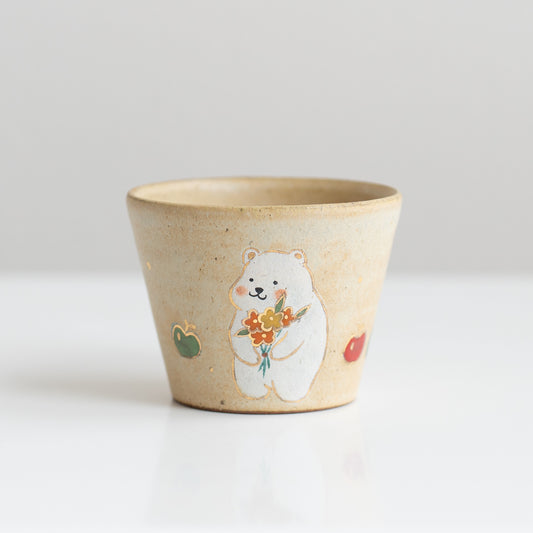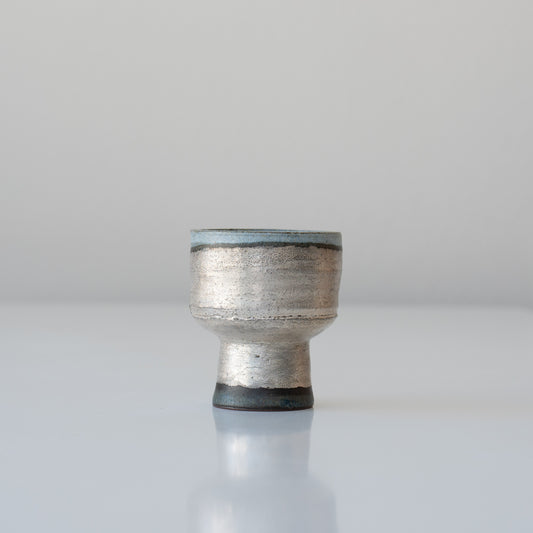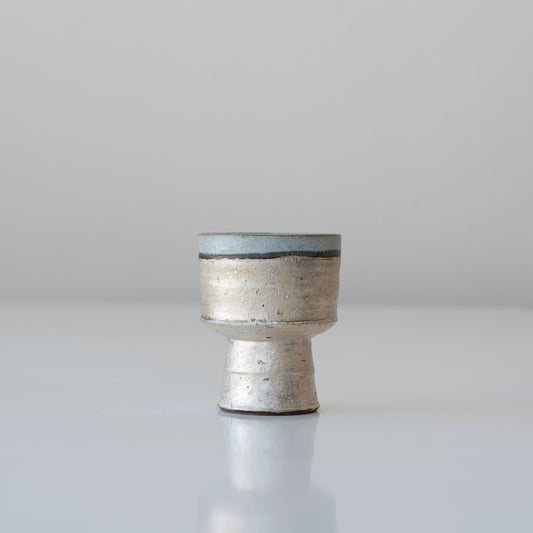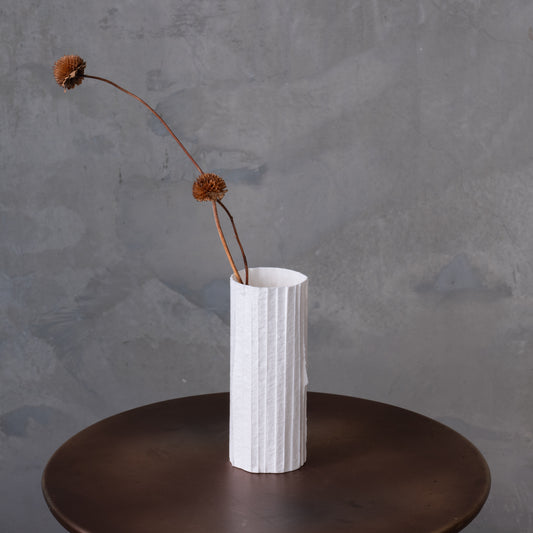New Arrivals
-
Licca Glass Cup
Regular price $110.00Regular priceUnit price / per -
Licca Glass Cup
Regular price $110.00Regular priceUnit price / per -
Licca Glass Cup
Regular price $110.00Regular priceUnit price / per -
Licca Glass Cup
Regular price $110.00Regular priceUnit price / per -
Licca Glass Cup
Regular price $125.00Regular priceUnit price / per -
Licca Glass Cup
Regular price $125.00Regular priceUnit price / per -
Licca Glass Cup
Regular price $125.00Regular priceUnit price / per -
Licca Glass Small Cup
Regular price $75.00Regular priceUnit price / per
Makoto Saito 齋藤一
-
Makoto Saito Cup
Regular price $68.00Regular priceUnit price / per -
Makoto Saito Cup
Regular price $68.00Regular priceUnit price / per -
Makoto Saito Cup
Regular price $98.00Regular priceUnit price / per -
Makoto Saito Cup
Regular price $98.00Regular priceUnit price / per
Yu Xue 雨雪
-
Yu Xue Glass Chopstick Rest
Regular price $50.00Regular priceUnit price / per -
Yu Xue Glass Cup/Candle Holder
Regular price $110.00Regular priceUnit price / per -
Yu Xue Glass Cup/Candle Holder
Regular price $128.00Regular priceUnit price / per -
Yu Xue Glass Tea Scoop
Regular price $98.00Regular priceUnit price / per
片瀬和宏
-
Kazuhiro Katase Cup
Regular price $62.00Regular priceUnit price / per -
Kazuhiro Katase Cup
Regular price $62.00Regular priceUnit price / per -
Kazuhiro Katase Teapot and Teacup Set
Regular price $450.00Regular priceUnit price / per
森安幸代
-
Acne Pottery Studio Mug
Regular price $78.00Regular priceUnit price / per -
Acne Pottery Studio Bowl
Regular price $90.00Regular priceUnit price / per
Zhu Nian 朱念
-
Cabinet Cup
Regular price $68.00Regular priceUnit price / per -
Cabinet Cup
Regular price $68.00Regular priceUnit price / per
Xiaoxia 王小霞
-
Shino Teapot and Teacup Set
Regular price $385.00Regular priceUnit price / per -
Hand Pinched Shino Teacup
Regular price $75.00Regular priceUnit price / per
Qingchen 青尘
-
Qingchen Plate
Regular price $50.00Regular priceUnit price / per -
Qingchen Cup
Regular price $65.00Regular priceUnit price / per -
Silver Luster Cup
Regular price $60.00Regular priceUnit price / per -
Silver Luster Cup
Regular price $60.00Regular priceUnit price / per
Houying 厚颖
-
Porcelain Vase
Regular price $110.00Regular priceUnit price / per















